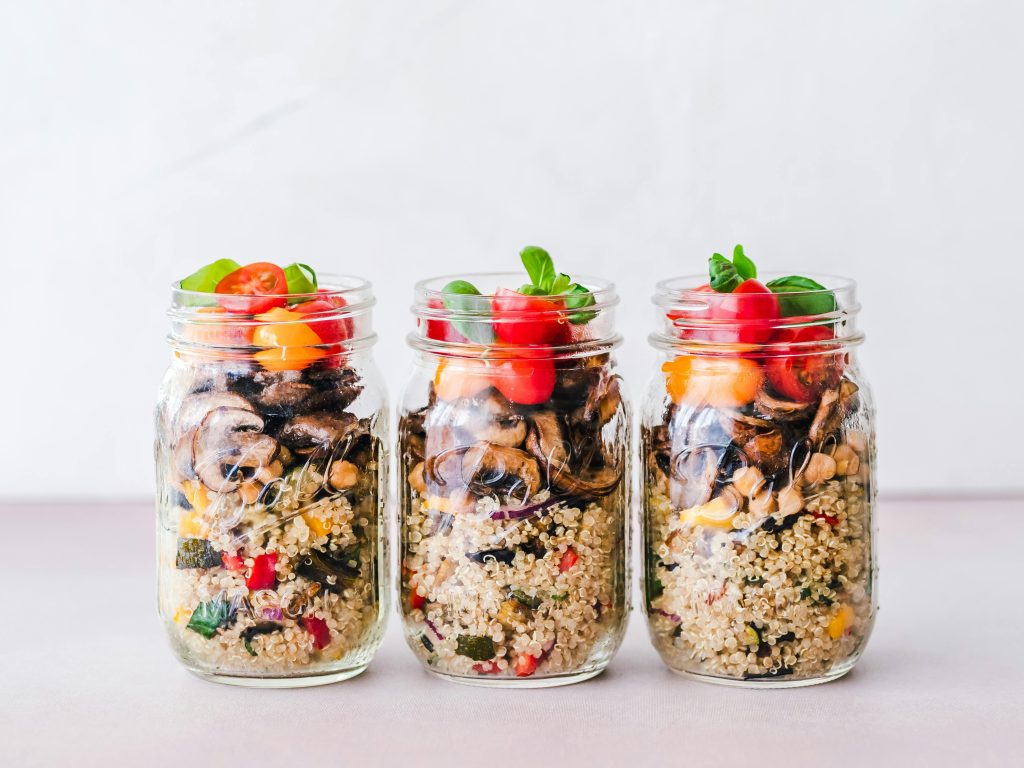Did You Know?
In Australia, hayfever affects approximately one in five people, making it one of the most common allergic conditions. The peak pollen season varies across the country but is typically during the spring and early summer months, with grass pollen being the most common allergen. Pollen levels tend to be higher in urban areas, such as Melbourne and Sydney, due to the increased presence of pollen-producing plants like ryegrass. This has led to an increase in hayfever cases, particularly among those who have never experienced allergies before, as changing climates and urbanisation impact pollen exposure.
Here’s everything you need to know about tackling hayfever, with tips and remedies that are not only effective but also align with our mission of reducing exposure to harmful chemicals.
Understanding Hayfever: What Is It and Why Does It Happen?
Hayfever occurs when your immune system overreacts to allergens, such as pollen from trees, grasses, or weeds. When these particles are inhaled, they trigger an immune response, releasing chemicals like histamine. This results in common hayfever symptoms, including sneezing, nasal congestion, itchy eyes, and a runny nose.
While some over-the-counter medications can relieve these symptoms, many contain synthetic chemicals that may come with unwanted side effects. If you’re looking to avoid those and want to go natural, keep reading for some eco-friendly remedies.
Natural Remedies to Combat Hayfever Symptoms
Here are some safe, natural, and chemical-free solutions to help you alleviate hayfever symptoms:
Neti Pot for Nasal Irrigation
A neti pot is a simple and effective tool for rinsing your sinuses with a saline solution. This can help clear pollen, dust, and other allergens from your nasal passages, reducing inflammation and congestion.
How to use: Fill the neti pot with a saline solution and gently pour it into one nostril, allowing it to drain out of the other. Make sure to use distilled or boiled water to avoid any contaminants.
You can purchase an eco-friendly neti pot made from sustainable materials like ceramic or stainless steel. Check out this eco-friendly neti pot.
Local Honey for Natural Allergy Relief
Consuming local honey may help desensitize your body to local pollen. By eating small amounts of honey that contain traces of local pollen, you might gradually build immunity, reducing your hayfever symptoms.
How to use: Start by eating a teaspoon of raw, local honey each day, especially during pollen season.
Support your local farmers and opt for raw, organic honey from sustainable producers
Essential Oils for Respiratory Support
Certain essential oils, such as peppermint, eucalyptus, and lavender, are known to help with hayfever symptoms. They can open up the airways, reduce inflammation, and calm the immune system. Diffusing these oils in your home or using them in a steam inhalation can provide relief.
How to use: Add a few drops of essential oil to a diffuser, or create a steam inhalation by adding a few drops to a bowl of hot water and inhaling the steam.
Watch this YouTube video on how to use essential oils for hayfever relief.
Choose essential oils that are 100% pure and sustainably sourced.
Boost Your Immune System with These Foods
A healthy immune system is key in managing hayfever. Including immune-boosting foods in your diet can help reduce the severity of symptoms.
Probiotics
Probiotics help balance the gut microbiome, which plays a crucial role in immune function. Foods like yogurt, kefir, sauerkraut, and kimchi are natural sources of probiotics.
Vitamin C-Rich Foods
Vitamin C is known to reduce histamine levels in the body. Include plenty of citrus fruits, bell peppers, and leafy greens in your diet to boost your immune system.
Omega-3 Fatty Acids
Omega-3s found in flaxseeds, walnuts, and fatty fish help reduce inflammation, making them a great addition to your hayfever-fighting arsenal.
By eating more of these foods, you can support your body’s natural defences, reducing the severity of allergic reactions.
Eco-Friendly Lifestyle Adjustments to Reduce Exposure to Pollen
Managing hayfever isn’t just about taking remedies—it’s also about making lifestyle changes that reduce exposure to allergens.
Keep Windows Closed During High Pollen Count
During peak pollen season, keep windows closed, especially in the early morning and late afternoon when pollen levels are at their highest. If you need fresh air, use a HEPA filter in your air conditioning system to keep pollen out.
Wash Your Hands and Face Frequently
After spending time outdoors, wash your hands, face, and hair to remove any pollen that may have settled on your skin. This can help prevent pollen from entering your eyes or nasal passages.
Dry Clothes Indoors
Pollen can stick to your clothes, so it’s a good idea to dry your laundry indoors rather than on a clothesline outside.
How Water Can Help Relieve Hayfever
Drinking plenty of clean, filtered water is crucial for staying hydrated, especially during hayfever season. Staying hydrated helps thin mucus, making it easier for your body to clear allergens from your sinuses.
Ensure your water is free from contaminants by using a high-quality water filtration system. If you’re looking for eco-friendly water filters that eliminate harmful chemicals, check out How to Choose the Best Water Filter for Your Home.
When to Seek Medical Help
If your symptoms persist despite natural remedies, or if you develop more severe symptoms, such as difficulty breathing or swelling, it’s important to consult a healthcare professional. Sometimes, natural remedies might not be enough, and prescription medications or immunotherapy may be necessary.
Conclusion: Natural Relief for Hayfever the Eco-Friendly Way
At WaterPure, we believe in taking a holistic, eco-friendly approach to health and well-being. By incorporating natural remedies, immune-boosting foods, and sustainable practices into your daily life, you can tackle hayfever symptoms without relying on harsh chemicals or medications.
If you’re struggling with hayfever, try incorporating some of the tips and remedies shared in this post, and always opt for eco-friendly solutions that align with your values. Your body—and the planet—will thank you.



Its not my first time to visit this website, i am visiting this web site dailly and obtain nice data from here all
the time.